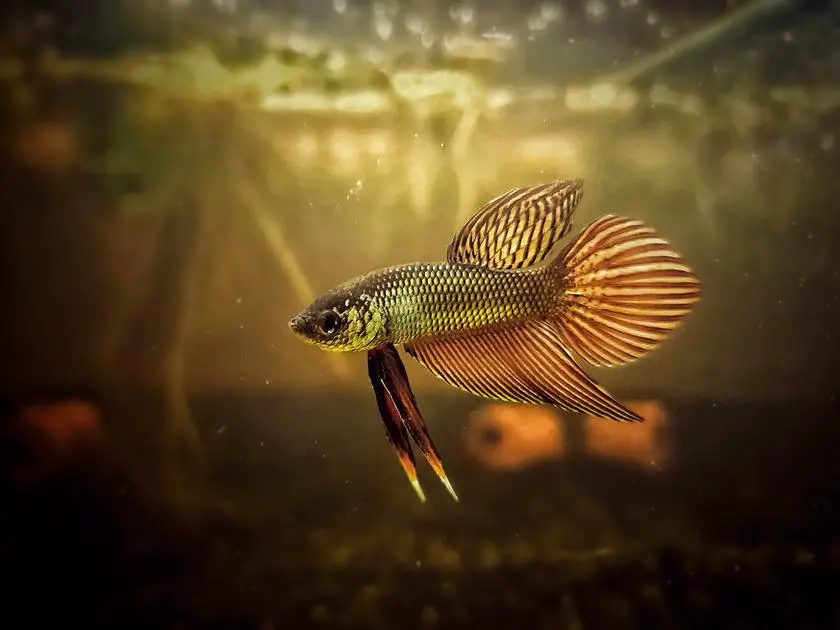Embarking on a new aquarium venture can be incredibly exciting, and one of the most fulfilling aspects of it is arranging plants and rocks to visualize a stunning underwater landscape. Figuring out how to attach aquarium plants to rocks might be one of your biggest hang-ups, but fear not! We’re here to provide you with a thorough guide on how to execute that seamlessly. No stone shall be left unturned, and no plant unattached!
No more beating around the bush, let’s get right to the crux of the matter: to attach aquarium plants to rocks, you’ll need proper adhesive or anchoring options. By now you must be thinking, “That’s it? A piece of cake!”. All right, maybe it is a piece of cake, but this cake has layers, so keep reading for more detailed information and tips.
In the following segments, we will uncover the best methods and materials to make your underwater garden dreams come to life. So, strap in and join us on this aquarium expedition that will make your plant-attaching woes disappear!
Choose the Right Plants
Plant selection is the first and foremost aspect of a thriving aquascape. Choose plants according to their suitability with the tank’s conditions and the specific rocks used in the setup. Here are some popular choices for attaching to rocks:
- Java Moss
- Java Fern
- Anubias
- Cryptocoryne
- Bucephalandra
Know Your Rocks
Before getting hands-on, it’s crucial to understand the variety of rocks and be mindful of the rock composition. Some rocks are better suited for attachment than others. Popular options include:
- Lava Rocks
- Dragon Stone
- Slate
- Seiryu Stone
- River Rocks
Anchoring Aquarium Plants
Sometimes, you don’t even need to rely on adhesives. You can anchor the plants with the following techniques:
- Tying: Use cotton thread, fishing line, or zip ties to fasten the plant to the rock, making sure not to harm the plant.
- Wedging: Place the plant’s rhizome in the rock crevices, allowing it to anchor naturally over time.
Using Adhesives
When anchoring is not possible, adhesives come to the rescue. Here are the most common and safe options:
Cyanoacrylate Superglue (Gel)
Commonly used in aquariums, cyanoacrylate superglue (gel form) hardens quickly and does not harm aquatic life. Remember, less is more! Apply a small amount to the plant, press it to the rock, and hold for a few seconds.
Aquarium Epoxy/Sealants
Aquarium epoxy or sealants are also considered safe options. Choose a product specifically designed for aquariums, and gently apply it to the plant and rock before pressing them together.
Patience is a Virtue
After securing the plant to the rock, all you need to do is wait. Give your plants time to attach naturally and grow. Make adjustments if necessary but be gentle, and don’t forget to provide proper lighting, nutrients, and CO2 for optimal growth.
Dealing with Potential Issues
Every now and then, you’ll encounter some issues. By staying prepared and knowing how to manage these challenges, you can ensure that your plants remain attached and thriving:
- Algae growth: Clean the rocks and plants regularly to maintain a healthy environment.
- Unsteady attachment: Rely on an adhesive like superglue or epoxy to address issues with the plant coming loose.
- Too much growth: Prune the plants to keep your aquascape looking tidy and well-maintained.
Frequently Asked Questions
- How long does it take for plants to attach to rocks?
- It usually takes a few weeks to a couple of months for the plants to attach securely.
- Can all aquarium plants be attached to rocks?
- Some plants, like mosses and ferns, are more suited for attaching to rocks, while others may not attach as easily.
- How often should I clean the rocks in my aquarium?
- Regularly cleaning the rocks can help maintain a healthy environment, but avoid over-cleaning, as it may disrupt the balance of beneficial bacteria.
- Can I use regular superglue instead of cyanoacrylate superglue for attaching plants?
- It’s best to use cyanoacrylate superglue (gel form) as it’s deemed safe for aquariums once cured and doesn’t harm aquatic life.
- Can I adjust the position of my plant once it’s attached to a rock?
- Yes, but be gentle when removing or adjusting the plant to avoid damaging it or its attachment.
In Conclusion
Proper attachment of aquarium plants to rocks can significantly enhance the visual appeal and health of your tank. By following these guidelines and techniques, you’ll be well on your way to crafting the beautiful aquascape you’ve always dreamt of. Happy planting!

